#plant pollination
Photo

Spreading the love: At first, no one believed the researchers. How could marine animals pollinate plants under the surface, like bees do above? It happens—and it has likely been happening for tens of millions of years, biologist Zong-Xin Ren tells Nat Geo. “We know so little about our world,” Ren says. (Pictured above, an isopod covered in the germ cells of red algae.)
PHOTOGRAPH BY SEBASTIEN COLIN
#sebastien colin#photographer#marine animals#plant pollination#zong-xin ren#isopod#germ cells#red algae#nature#micro photography#national geographic
206 notes
·
View notes
Text
The AUDACITY of venus fly traps to expect pollinators to help them reproduce after spending all their time eating bugs
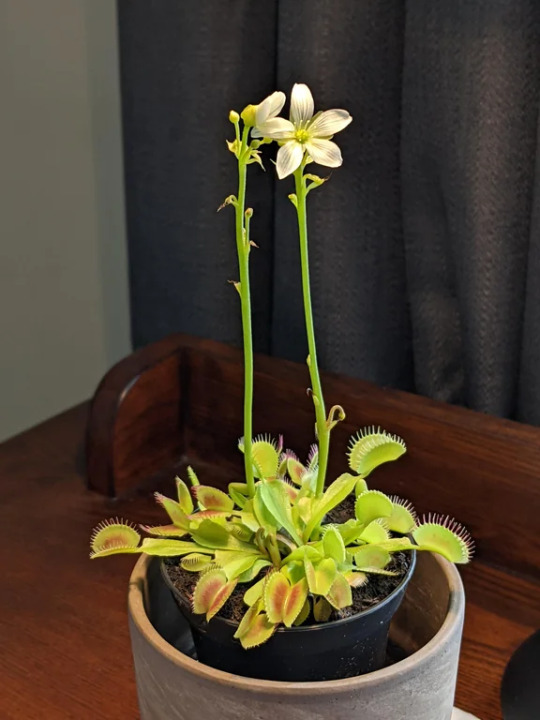
5K notes
·
View notes
Text
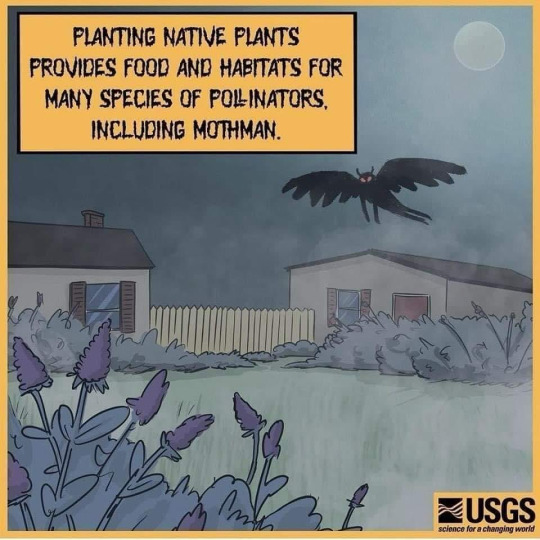
811 notes
·
View notes
Text
If you're in the U.S. and want to support local plants and pollinators, I hope you've heard of the Xerces Society. Weird name, but super cool resource for gardening for insect pollinators (and they work for other invertebrate species, too)
They've got regional native plant lists:
They've also got super helpful things in their resources section, including Washington's plan for helping bumble bees:
Another really cool resource is the National Wildlife Federation's list of key stone plant species by ecoregion:
2K notes
·
View notes
Text
As a society we have done thistles so dirty. Not even pollinator-plant zealots recommend planting thistles even though pollinators go absolutely crazy over them.
I saw 2 (two) Great Spangled Fritillaries trying to cram themselves onto the same thistle flower today as well as a thistle plant with multiple American Bumblebees on it. These things are a monarch magnet too.
I know what I'm gonna be gathering seeds from

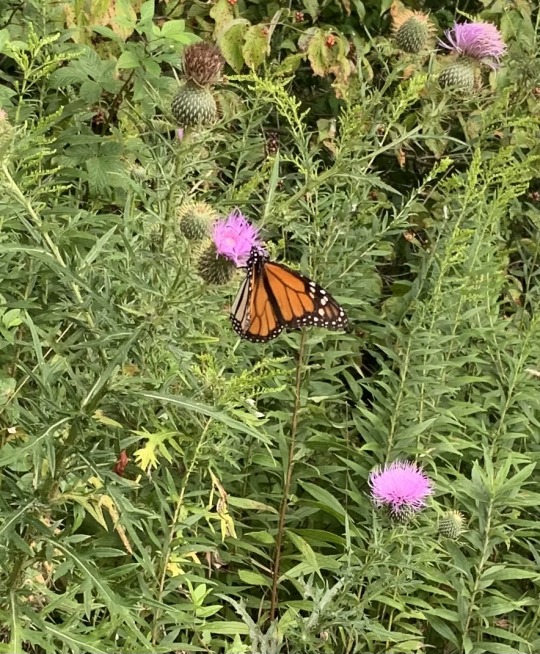
1K notes
·
View notes
Text

🪻🌱🐝 💜 🌿 ✨ // violets & violet miner bees // part of my natives + pollinators series // gouache on paper
tiny violet miner bees (Andrena violae) are a specific pollinator: they pollinate wood & dog violets in the Northeast, and show a strong preference for blue violets. letting your grassy yard rewild itself and grow violets every spring not only lets you make violet syrup, it also gives violet miner bees their most important food source and increases local pollinator diversity.
#my art#gouache#illustration#painting#art#cottagecore#artists on tumblr#botanical#spring#violet#pollinator#pollinators#native wildflowers#native plants#eco lawn#botanical illustration#violet miner bee#bees#cw: insects#insects
836 notes
·
View notes
Text

I made orbstructrions for making PollinatORBS (née seed bomb, but everything's so violent in the world, I didn't want the CHILDREN to see the word bomb. Or me. I don't want to see the word bomb if I don't have to. I am 35.)
Will the teachers I email this to use this worksheet? Maaaan who knows. Does the pollinatORB I drew kinda look like a turd thats being rolled by a dungbeetle? YEAH A LITTLE. But. Whatever kids. We're going with it.
Help a little bug near you. Look up native plants in your area. Plant a couple of em. Whisper to the first bug you see that you're happy to see them.
You can download the instructions here.
#pollinatORB#Look I know that planting plants isn't pollinating plants#don't overthink it#pollinators#local ecoystems#native ecosystems
112 notes
·
View notes
Video
native plants in tiny spaces
https://homegrownnationalpark.org/
546 notes
·
View notes
Text
*casually posts this at the same time to further my agenda of growing native plants instead of grass and shitty ornamentals*
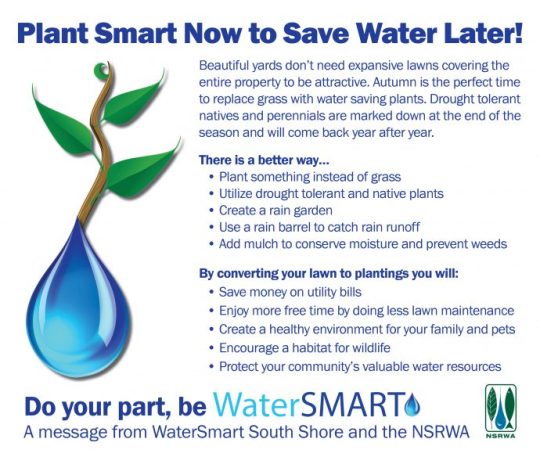

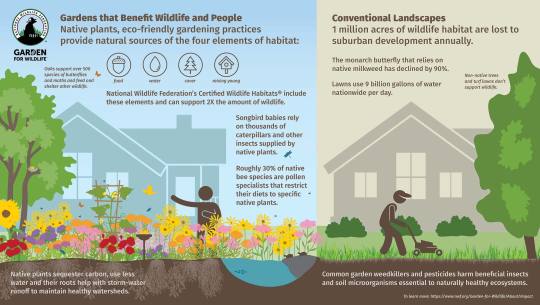


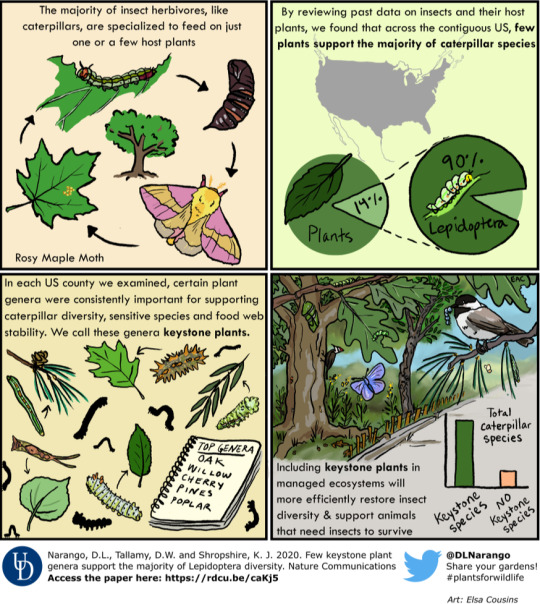

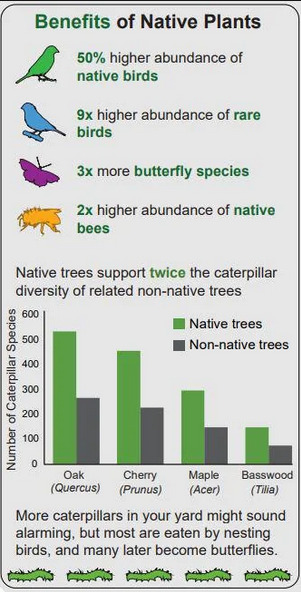

#gardening#water conservation#biodiversity#kill your lawn#native plants#native pollinators#pollinator garden#climate change#sustainability#environmental rehabilitation#habitat restoration#wildflowers#native flowers#animals#water crisis#didnt mean to post that grass one whoops. i think i skimmed it and wasnt thinking about it too much#but ig its true grass would be better than roads. lets just uh. make it native grass yaknow?
246 notes
·
View notes
Text

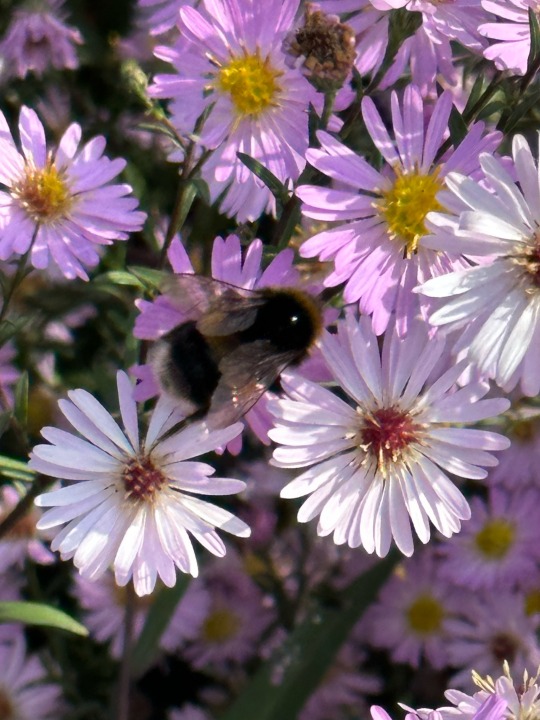
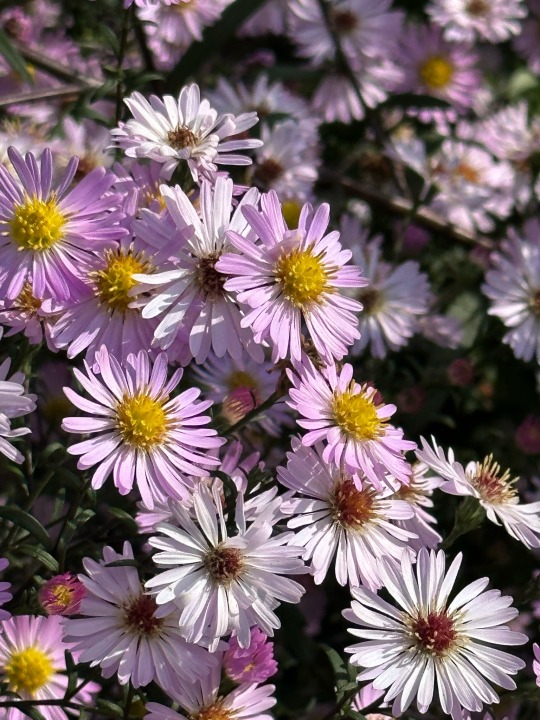

Plant of the Day
Saturday 30 September 2023
A clump-forming perennial Symphyotrichum 'Prairie Sky' has small pinky mauve flowerheads with centres that have a paler shading. The flowers were popular with the local bees.
Jill Raggett
#Symphyotrichum#aster#bee friendly#pollinators#herbaceous#perennial#plants#horticulture#gardens#garden#essex#Beth Chatto#herbaceousperennial
161 notes
·
View notes
Text

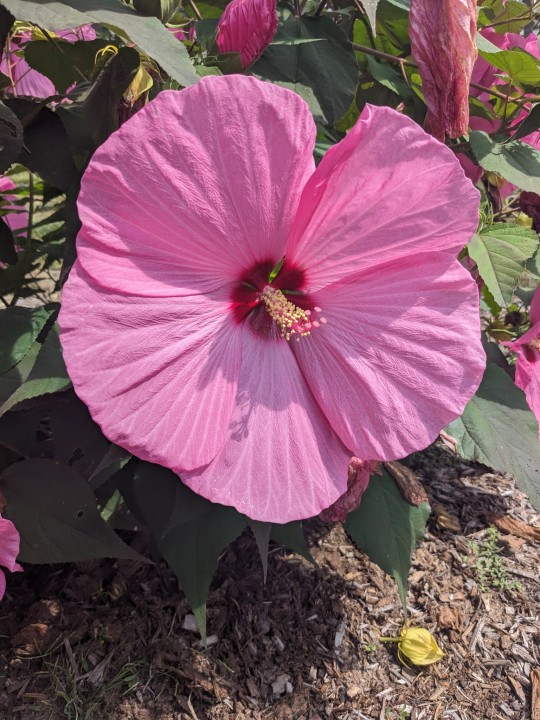

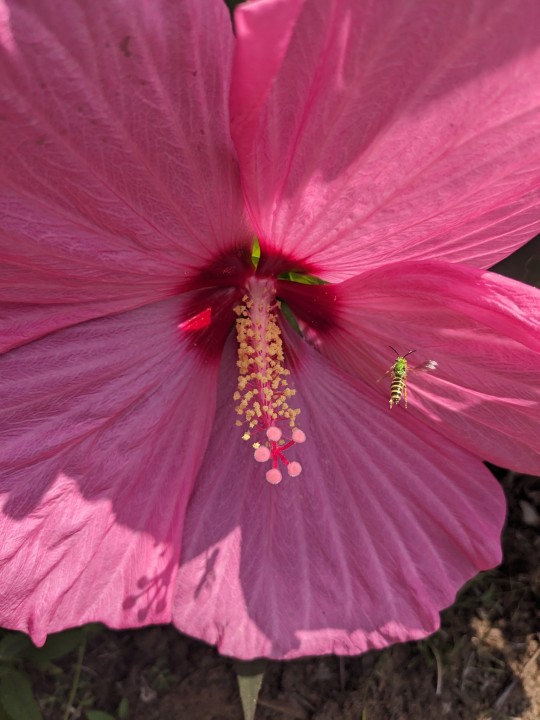





#hibiscus#pink flowers#cottagecore#fairycore#floral#flowers#flower#big flowers#plant photography#plant blog#plants#garden#dads garden#massachusetts#cape cod#plant#bees#pollinators
151 notes
·
View notes
Text
https://www.cnn.com/2023/04/21/world/iyw-rufous-hummingbird-tipping-point-extinction-earth-day/index.html#:~:text=The%20Rufous%20hummingbird%20lost%20two,if%20conservation%20doesn't%20improve.
Plant NATIVE honeysuckle, not the ones you buy at Home Depot or Lowe’s. You can find them at local native plant sales or online at native plant nurseries.
Update since this is going viral:
The hummingbirds in my restored yard habitat visit ALL of the native flowers in my yard, so it doesn’t strictly have to be honeysuckle. They just tend to like flowers with trumpet shapes.
#nature#pollinators#hummingbird#Rufus hummingbird#birds#birding#native plants#plant native#midwest#backyard wildlife
344 notes
·
View notes
Text
This is a big deal! While the importance of pollinators has been in the headlines more over the past few years, a lot of the focus has gone toward European honey bees, which are not native here in North America. This new plan focuses specifically on our native bumble bees, to include severely declining species like the western bumble bee (Bombus occidentalis).
What's really cool is that they've targeted the ecoregions that are likely to have the most species of threatened bumble bees. It doesn't mean they won't do anything elsewhere, but when you have limited resources you want to make them have as much impact as possible.
In the meantime, consider this a reminder to add some native plants to your yard, garden, and/or porch, say no to pesticides and other yard chemicals unless absolutely necessary, and spend a little time learning about the native pollinators in your area!
#pollinators#bees#save the bees#bumblebees#bumble bees#insects#invertebrates#animals#wildlife#native species#native plants#Washington#Washington State#PNW#Pacific Northwest#entomology#science#scicomm#endangered species#conservation
384 notes
·
View notes
Text
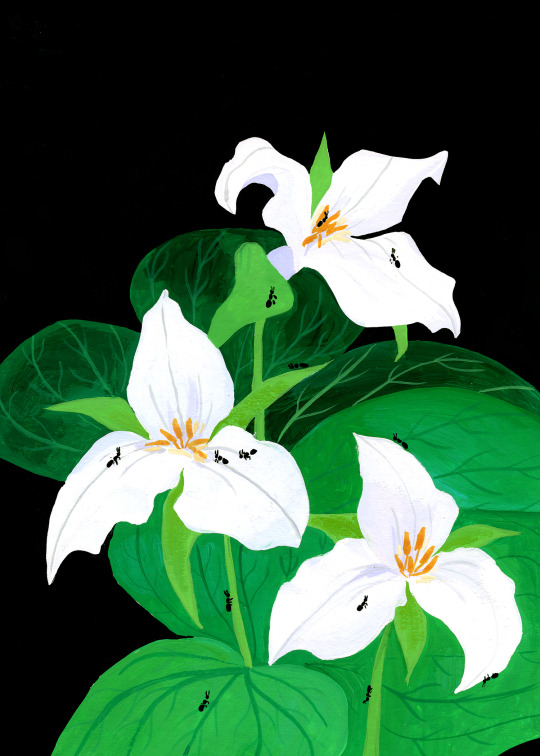
🌱 🐜 🪽🌿✨// white trillium & ants // gouache on hot press paper
part of my natives + pollinators series. white trillium are a delicate spring ephemeral native to the eastern US. they bloom in the early spring in woodlands, soaking up the sunlight on the forest floor for a few weeks before the canopy grows in. tiny ants help pollinate them for the 4-ish weeks they're in bloom, and spread their seeds on the forest floor.
#my art#gouache#illustration#painting#botanical#artists on tumblr#art#spring#trillium#white trillium#native plants#pollinators#bug art#insect art#cw: insects#ants#botanical illustration#wildflowers#floral#native wildflowers#flower art
516 notes
·
View notes
Text
Apis Mellifera on Foeniculum vulgare
#studdedblurb#fennel#honeybees#bees#gardening#bugblr#bugs#botany#entomology#pollinators#cottagecore#herbs#videos#taxonomy#plantblr#plants
206 notes
·
View notes
Text

I'm learning to draw! I'm taking pictures from around my city (either from Google Maps or going out and taking the reference pics myself) and thinking about how unused patches of land could be repurposed to benefit people and the Earth! Every plant I draw will be edible and/or native to my region. Here I've drawn:
blue false indigo (which is a nitrogen fixer AND provides winter interest with its huge seed pods);
calendula (which is edible and attracts ladybugs, natural predator to aphids);
carrots (which as we know are delicious, though not so much when they go to seed);
chives (delicious and deter pests); and
two evergreen shrubs, thuja occidentalis.
I kinda tried to do everything with this garden, creating something pretty, low-maintenance, and attractive to pollinators. There's still a lot of considerations to make though. Even though I know for a fact that this road it's next to isn't busy, it's still right up next to where cars' exhaust pipes drive by. Thus, I wouldn't really recommend eating the calendula or chives. I assume the carrots would be fine since they're underground, but I don't actually know that for sure. If that's still an issue, or if the soil is just too lifeless/compact for carrots, we can pretend it's yarrow instead.
Also the tree in the background is redrawn from the original photo, so it's probably a Bradbury pear (blegh) but we can just say it's a chokecherry now.
Sorry it's blurry, I don't have a scanner so I took a picture with my phone. Also the sky was colored in digitally so I wouldn't waste all my blue ink.
#guerilla gardening#native plants#pollinator garden#food gardening#traditional drawing#markers#sharpies specifically
54 notes
·
View notes